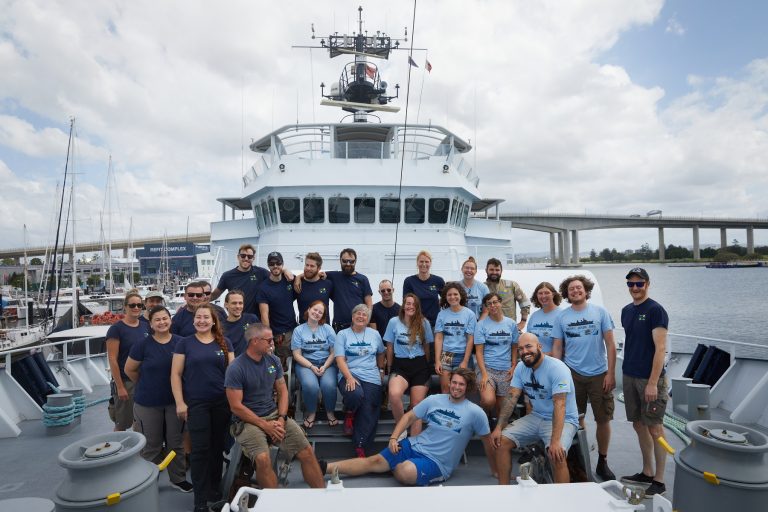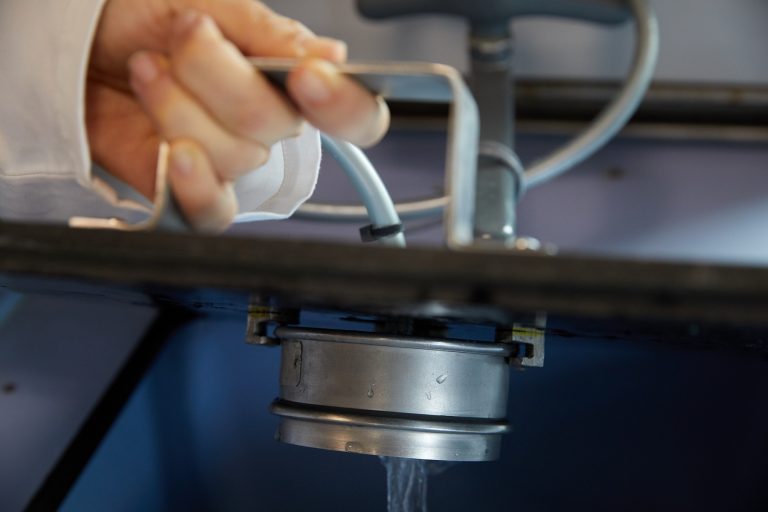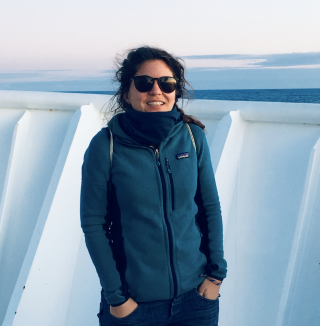Back on land, gazing at the sea and looking back at the Seafloor to Seabirds expedition, I realize what a ride it has been. This is my third sea-going voyage and my first expedition as Chief Scientist. The scientific goals and science team were assembled, and paperwork completed in record time—just under three weeks before departure—all while I was still sailing as part of the science team on the previous 30-day expedition, Pinging in the New Year. Considering the timelines that organizations usually operate by, this was an extraordinary turnaround and maybe highlights the need to rethink our approach in planning such research expeditions years ahead. It is also a reminder that challenges such as the COVID-19 pandemic can open up unexpected opportunities. The short turnaround time also required the science team to work even closer with Marine Technicians and the ship’s crew, which has been an enriching experience.
The multidisciplinary onboard science team was assembled from four Australian universities. Our topical expertise included geology, marine geophysics, geomorphology, volcanology/petrology, marine biology, animal ecology, and environmental geography. There was also diversity reflected in our countries of origin: Australia, Colombia, Germany, Italy, New Zealand, Turkey, and the United States. This potluck of backgrounds was accompanied by a sizable shore-based team from 12 institutions (9 in Australia, 3 overseas) and by the ship’s cooperative, capable, and patient crew.

Time to revise the nautical charts!
During the 28 days at sea aboard R/V Falkor, we conducted a comprehensive multidisciplinary survey of an important and underexplored region in the Coral Sea Marine Park. The total area of newly mapped seafloor covers approximately 37,000 square kilometres and contributes to the Seabed 2030 global effort. Throughout the voyage, shore-based co-PI Dr Rob Beaman was excited to see the mapping efforts in real-time, especially because it complemented previous Falkor expeditions in this region. Notably, this team completed the mapping around Wreck and Kenn reefs and an unmapped trawl zone that hosts a previously uncharted sea knoll, disproving a charted 18 m shoal from a rogue sounding dating back to 1962.
From my biased tectonics perspective, I am most excited about the mapping of the Cato Trough. This trough is a narrow, hourglass-shaped gap between the Australian continent and the largely submerged continental crust of Zealandia. It also separates two large oceanic basins: the Tasman and Coral Seas, whose evolution remains elusive. Also exciting were the new detailed bathymetric maps of east-west oriented tectonic features, such as tilted fault blocks on Selfridge Bank and the faulted edges of Kenn Reef bank.
In addition to seafloor bathymetric data, approximately 2,500 kilometres of magnetic data were collected. These show that the nature of the crust is indeed oceanic. The magnetic survey was conducted in the preferred orientation parallel to the modelled seafloor spreading direction and shows promising magnetic anomalies that may indicate seafloor spreading. “Detailed post-cruise analyses are needed to uncover the nature and age of tectonic features,” which co-PIs Prof. Carmen Gaina and Prof. Roi Granot are excited about.
Our science team improved the sampling methodology for microplastics using the ship’s underway seawater flow-through system to limit contamination with support from the ship’s crew. This required creativity, adaptation, and diligence. It was achieved by working inside the fume hood, covering samples at all times, running blanks, monitoring airborne microplastic contamination, using MilliQ water, and re-sampling the CTD (conductivity-temperature-depth) profiler. Over 100 samples were filtered for microplastics (in addition to the 40 samples collected on the previous voyage). We found that only one sample did not contain any visible microplastic. The seawater collected from depths up to 3,500 m holds a clear message. There is a significantly higher concentration of microplastic fibres in the ocean bottom waters (<10m above the seafloor). Detailed post-voyage laboratory analyses will reveal the makeup of the microplastic confetti inside the Coral Sea Marine Park.

Bianca Keys led seabird observations with the support of the entire science party. Together we counted >3,300 individuals of 17 species (including 3 oiled individuals), rescued 6 boobies from the deck, and watched some of the most spectacular sunrises and sunsets.
The science party also engaged in several Ship-To-Shore talks, including one with a Middle School in Israel, which required translation and was exciting because it engaged students in a desert region about marine science. Each participant has contributed at least one blog post and has been part of the story telling through videos collected during this expedition.
This voyage has provided training opportunities for 9 early career researchers (1 Postdoc, 4 PhD, and 3 Undergraduate students), including myself as Chief Scientist (<5 years since PhD), most of whom had never sailed before. Our joint adventures at sea provided opportunities to learn and work towards achieving our scientific objectives through shared experiences.

